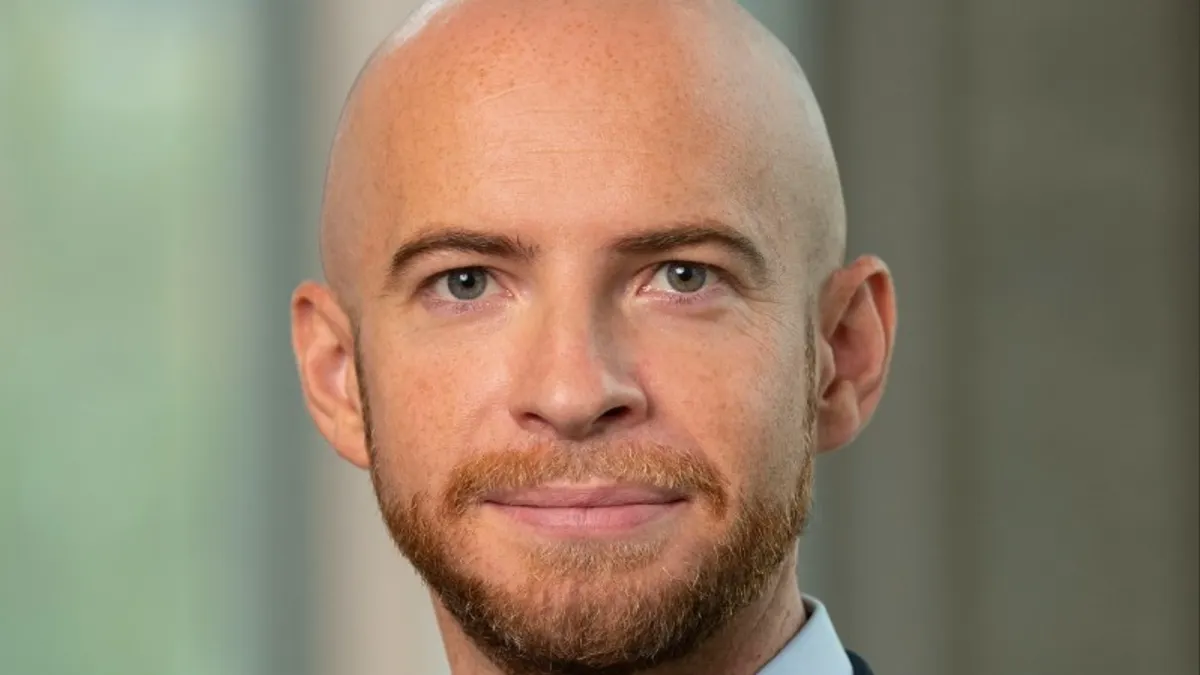Television is king in pharma marketing — at least it used to be. After a long reign at the top, linear TV advertising spending dropped in 2022 as a proportion of pharma’s total ad budget to just 43%, surpassed by digital communication streams.
It’s a major shift for an industry known as a notoriously slow adopter of trends and shows the times are indeed changing in the advertising landscape, even for those with an “if it’s not broke, don’t fix it” approach. As spending on linear TV falls, however, it also begs the question of whether streaming, otherwise known as connected television (CTV), could provide a new avenue for pharma marketing.
Some pharma companies have already begun tapping into this market, including Eli Lilly and Co., which became an early advertiser on the streaming channel Peacock in 2020. But, Casey Jenkins, vice president and head of product at Epocrates, said that, as usual, he’s seen only modest buy-in so far from the industry.
“Everybody's moving into connected TV, right? That's been going on for years. And really just now you're starting to see that sprinkle its way into pharma,” he said. “Certainly, I know that our partners are doing it, but I think as a proportion of what they're doing, it's only a small piece.”
However, evolving demographic trends and new opportunities on streaming platforms could make the time ripe for pharma to dive in.
Changing demographics
For one thing, viewers over age 50, who comprise a large part of pharma’s targeted audience on traditional TV, are beginning to flock to streaming services. A recent Nielsen report found that the over-50 crowd accounted for 39% of streaming watch time as of May 2022, growing 4% from the previous year and with an adoption rate faster than any other age group. And according to an AARP study from January, 80% of people over 50 now watch some form of streaming, with two-thirds doing so on a smart TV, typically not connected to cable.
“What we're seeing is that 50 Plus is driving the growth of streaming,” Eric Lloyd, head of industry for pharma at the TV streaming platform Roku, said. “The older audiences are starting to display some of the same behaviors as the younger audiences — they're downloading more apps, they're spending more time on multiple apps — and so it's fun to see that behavior change because they're having such a positive experience that is going to continue to be a flywheel of growth for us.”
For pharma specifically, Roku found that 92% of people reached through industry ads on the platform in the third quarter of 2022 were “unduplicated” from traditional TV, meaning they were unique viewers, Lloyd said.
“We also broke that out for linear and the big nine networks all saw a duplication rate of 98% to 99%. They were reaching the same viewer on linear over and over and over again,” he said.
Traditional TV still remains an integral part of pharma’s overall advertising strategy — as is evident from the industry’s multimillion dollar ad buys during must-see events like the Superbowl, Grammy Awards and Academy Awards this year — and advertising on streaming services shouldn’t necessarily replace this spend. Rather, it should augment it to reach audiences who are no longer watching linear TV, Lloyd suggested.
“TV has been such a strong performer. It’s comfortable. They have good algorithms for what actually works,” he said. “The question we typically get is, well, how is this different?”
A new experience
While viewers may tune in to CTV to watch the same content they would on traditional TV, pharma should approach the platform more like they do digital advertising, Lloyd said. For instance, the customizability of streaming — where users sign up for accounts across a range of networks including Netflix, Amazon Prime and Apple TV — allows advertisers to more precisely reach audiences.
“When you turn on your Roku device you're choosing which apps you want to load in, you're choosing the content you want to watch, and that allows us a degree of addressability in that we can find users where they are no matter what they're watching based off different types of datasets,” Lloyd explained.
"The older audiences are starting to display some of the same behaviors as the younger audiences — they're downloading more apps, they're spending more time on multiple apps — and so it's fun to see that behavior change."

Eric Lloyd
Head of industry for pharma, Roku
Unlike traditional TV, where companies broadly buy ads across a range of networks and shows to reach broad demographics, CTV allows companies to “find the outliers” who might not be consistently watching what others in their age group are.
The targeted nature of CTV also allows for more than one way to buy ads. Like with traditional TV, companies can buy ads directly from streaming platforms. Most platforms with ad-supported tiers have self-service managers that let advertisers upload their own creative, choose their budget and pick their target audience and performance indicators. Some channels, like Peacock, also allow companies to buy ads across both streaming and traditional TV.
Another option is to buy directly from distribution platforms like Amazon’s Fire TV and Roku. These platforms place ads on display screens, on their own streaming networks and across other streaming networks.
“We have what's called the Roku Audience Network, which takes our top 100 apps, and we have a certain percentage of inventory across each of those apps,” Lloyd explained of Roku’s service. They then place clients’ ads across networks to “find the streamer wherever they are.”
Similar to traditional TV, however, the creative content in the advertising doesn’t need to change. All creative materials a pharma develops for TV advertising can be used across streaming services.
In other words, it’s “turnkey,” Lloyd said. “It's really about the audience versus the content.”
















